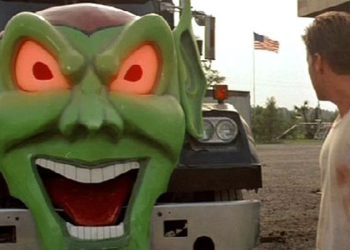If you loved the swashbuckling adventure vibes of Indiana Jones or Romancing the Stone, then Tales of the Gold Monkey was right up your alley! Premiering in 1982 on ABC, this action-packed adventure series took viewers to the South Pacific in 1938, a time of mystery, treasure hunts, and intrigue. Although it only lasted one season, it became a cult classic among 80s TV fans who couldn’t get enough of its mix of danger, humor, and romance.
Plot in a Nutshell
The show followed Jake Cutter (played by Stephen Collins), a former World War I pilot turned seaplane owner, who operates his “Grumman Goose” plane in the fictional South Seas island of Bora Gora. He’s accompanied by his one-eyed dog Jack, and his mechanic sidekick Corky. The two constantly find themselves tangled in thrilling escapades, often involving beautiful women, buried treasure, Nazis, spies, and of course, the legendary Gold Monkey artifact!
The show’s combination of old-school adventure, tropical locales, and fast-paced action made it a hit with fans looking for something fun and escapist.
Why It Was Totally Rad
Created by Donald P. Bellisario (Magnum P.I., Airwolf), Tales of the Gold Monkey was heavily inspired by the success of Raiders of the Lost Ark (1981). It brought big-screen adventure to the small screen, with daring pilots, exotic locations, and plenty of fistfights and daring escapes. And let’s not forget Jack the dog, who stole the show with his eye-patch and comedic timing.
Though it had a solid fanbase, the show was canceled after just one season due to high production costs. But for 80s TV buffs, Tales of the Gold Monkey remains a gem, full of nostalgia and action-packed storytelling.
Gnarly Nuggets:
- Hollywood Inspiration: The show was greenlit after the success of Raiders of the Lost Ark, as networks scrambled for adventure-themed content.
- Jack the Dog: Jake’s dog Jack wore an eyepatch, and there was a running gag about which eye was really missing. He even had a “talking” collar to help him express his thoughts!
- High Production Costs: Despite its solid ratings, the show’s large budget, thanks to its period setting and exotic locales, led to its cancellation after just 21 episodes.












